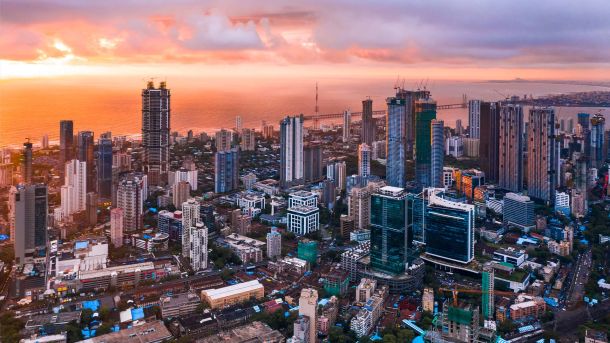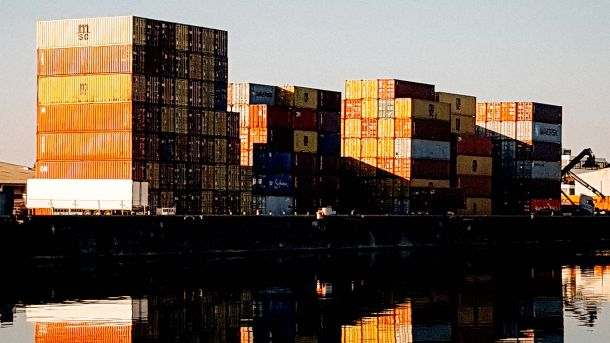
Production costs for intermediate goods rose by 7.4% in March, after an 8.4% increase in February, surpassing the South African Reserve Bank’s (SARB) inflation target of 3% to 6%. The month-on-month rise was a mere 0.1%, with inflationary pressure largely attributed to base effects from 2024 data.
Key contributors to the annual increase included:
- Gold and metal ores, rising 16.6% and adding 4.6 percentage points.
- Non-ferrous metal ores, up 3.8%, contributing 1.9 percentage points.
- Stone quarrying, clay, and diamonds, up 38.0%, contributing 1.6 percentage points.
Mining costs in the primary sector increased by 5.9%, while the agriculture sector saw a 2.4% rise, following February’s 7.6% increase.
Overall, the producer price inflation trend supports favourable inflation expectations in South Africa, with consumer inflation at 2.7%, below 3.0%. Despite the rise in intermediate goods prices, particularly water and electricity, being above SARB’s target, current producer inflation figures suggest consumer inflation will remain low and stable in the near term. This stability might prompt the Reserve Bank to reconsider its interest rate stance for the remainder of 2025.





